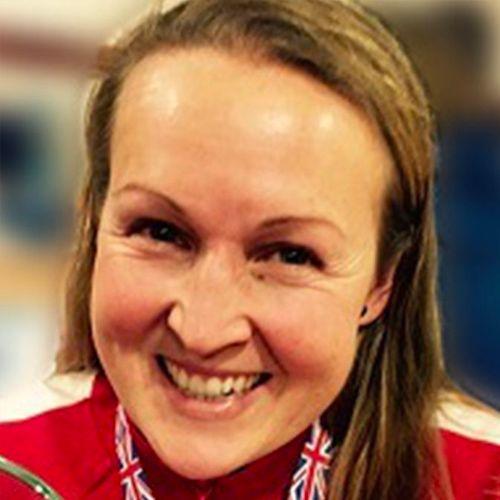Learning objective
- To include individual preferences and requirements in my design.
Success criteria
- I can understand what a windmill is.
- I can
This content is for subscribers only. Join for access today.
National curriculum
Design and technology
Design
Pupils should be
This content is for subscribers only. Join for access today.
Cross-curricular links
Mathematics
Geometry – properties of shapes
Pupils
This content is for subscribers only. Join for access today.
Before the lesson
This content is for subscribers only. Join for access today.
Lesson plan
Recap and recall
Before starting this unit you should make sure that the children can: Use scissors to cut a variety of materials. Join materials in different ways. Choose a range of materials to make a model.
This content is for subscribers only. Join for access today.
Extended-mode explainer videos
How to extend your display to view the lesson page and preseantion mode simultaneously. Choose your operating system below to watch the video
If you need further support with extending your display,
please contact [email protected].
Extended-mode explainer video: For Mac
Extended-mode explainer video: For Windows
Adaptive teaching
Pupils needing extra support:
Should use simple decoration methods such as crayons, pens and pencils.
Pupils working at greater depth:
Should be able to use more advanced decoration methods such as cutting and sticking different materials onto the surface; should produce neater work, independently; should nclude features of a building such as doors and windows.
This content is for subscribers only. Join for access today.
Assessing progress and understanding
Pupils with secure understanding indicated by: identifying some features that would appeal
This content is for subscribers only. Join for access today.
Vocabulary definitions
-
axle
The point from which the turbine or sails move.
-
design
To make, draw or write plans for something.
This content is for subscribers only. Join for access today.
In this unit
Assessment - D&T Y1: Constructing a windmill
Lesson 1: Designing the structure
Lesson 2: Assembling the structure
Lesson 3: Assembling the windmill
Lesson 4: Testing and evaluating

